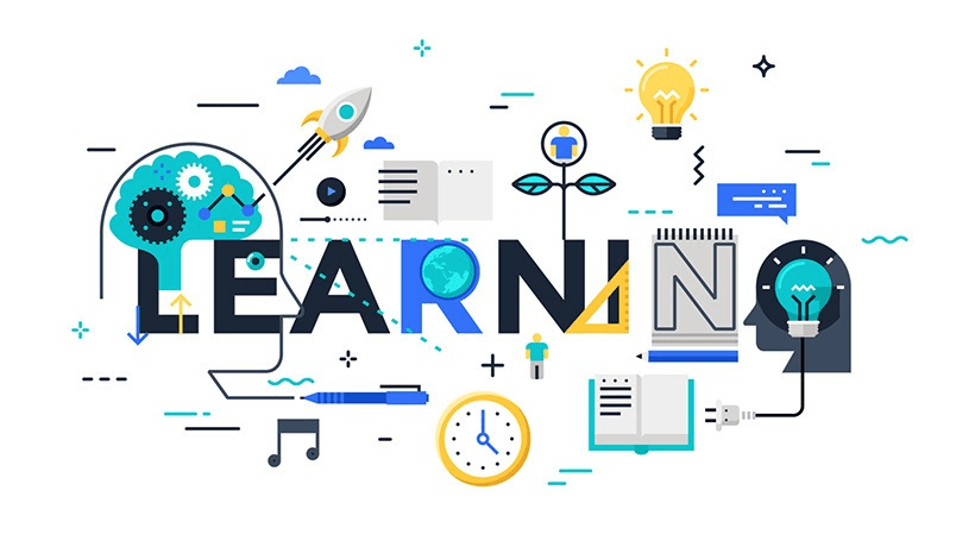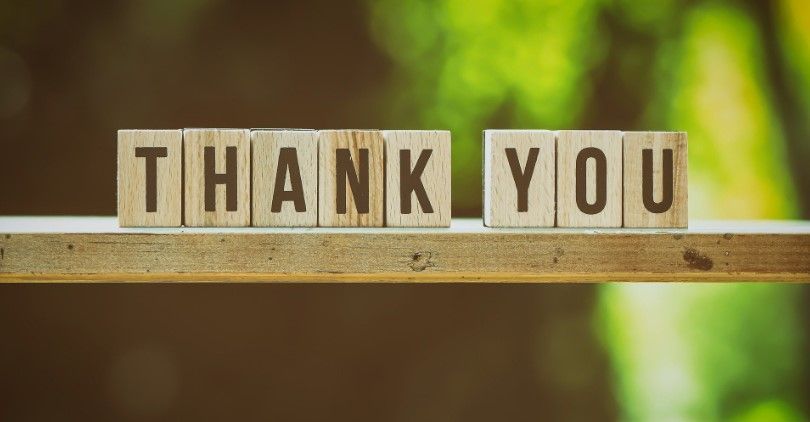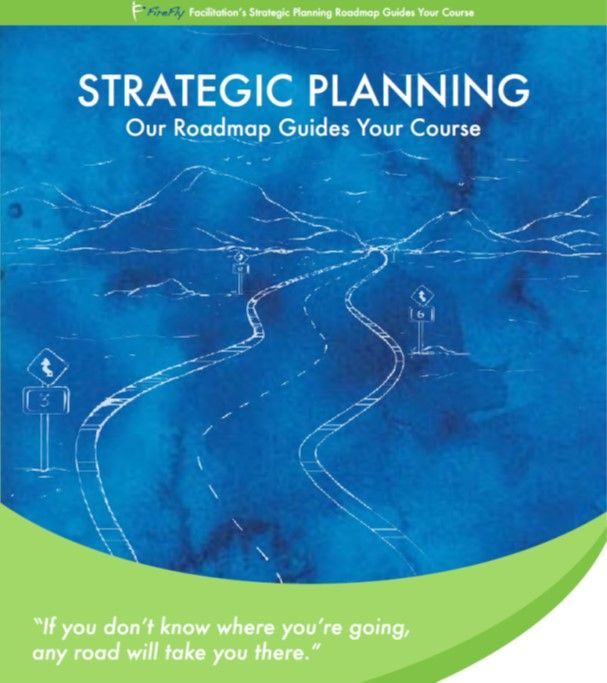How do I build "Psychological Safety" on my team?
“I'm not pro failure, I'm pro learning."
Astro Teller, Google X, quoted in The Fearless Organization
In my last newsletter I shared the key concepts and research behind award-winning Amy Edmondson's groundbreaking work on the topic of psychological safety..."a belief that one will not be punished or humiliated for speaking up with ideas, questions, concerns, or mistakes."
Here are 3 actions every leader can begin to implement right away to establish psychological safety, since, as Amy says, "No twenty-first century organization can afford to have a culture of fear."
Get everyone on the same page with common, compelling goals and reframe failure. One hospital COO instituted "blameless reporting" and introduced new language - from "investigation" to "study". Deviations from best practice are "a good catch". She helped people shift from a belief that incompetence (rather than system complexity) was to blame - which helped people feel safe to speak up about the problems, mistakes, and risks they saw.
This same COO asked a simple question: "Was everything as safe as you would like it to have been this week with your patients?" This question was asked with a learning mindset, which blends humility and curiosity, recognizing that there is always more to learn. It also invited people to think in aspirational terms. These actions by the leader were supported by structural interventions, including setting up a core change team, a confidential reporting system, and focus groups to share concerns and experiences.
Responding productively.
Speaking up is only the first step. The true test is how leaders respond when people actually do speak up. The leader's response must be appreciative, respectful, and offer a path forward. Bring people together after a failure, not to fight about who was right, but rather to identify contributing factors with the goal of improving the system to prevent similar failures in the future.
In the coming weeks, I will be writing blog posts to share additional highlights and examples from Edmondson's leader's toolkit - and her Leadership Self-Assessment - as well as my own learnings from facilitating team effectiveness sessions over the last 20+ years.
My goal is provide leaders at all levels with concrete actions they can begin implementing immediately to create a more engaged and creative workforce. If you would like to be added to my monthly newsletter, simply click here to join.
Kimberly





